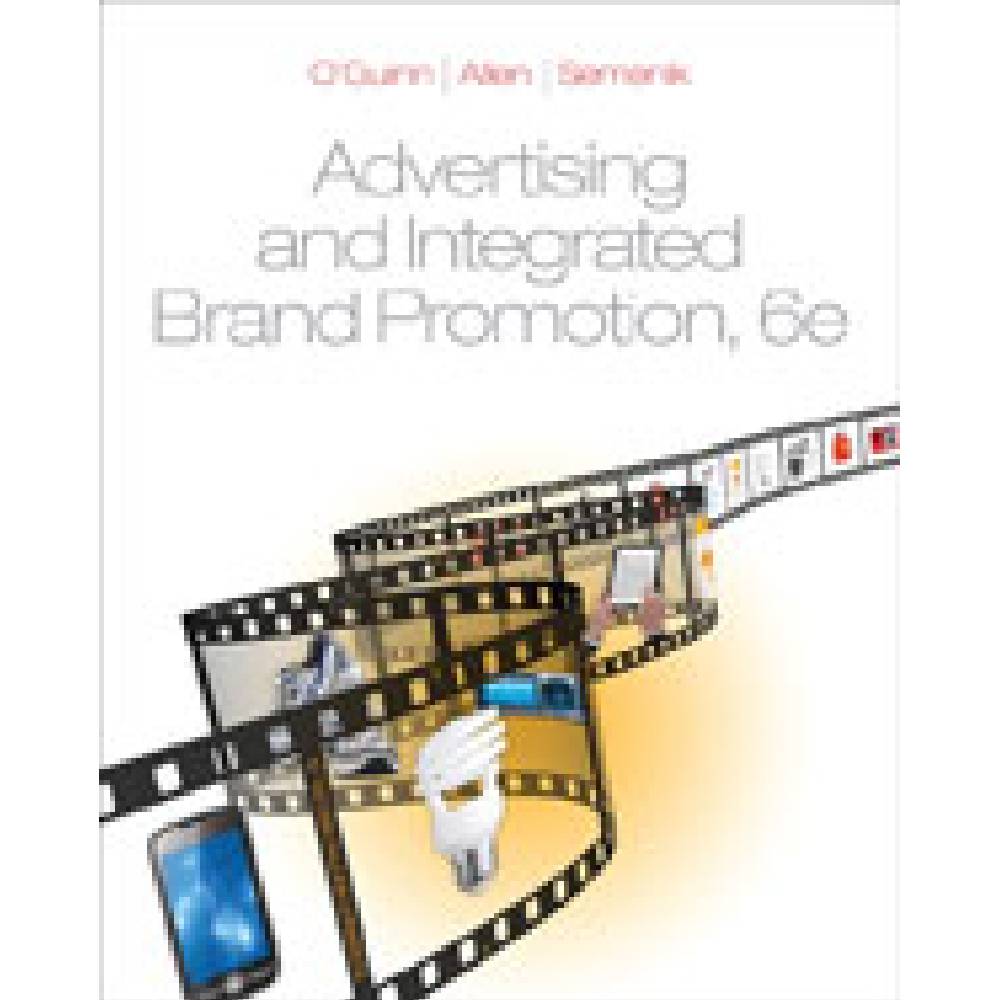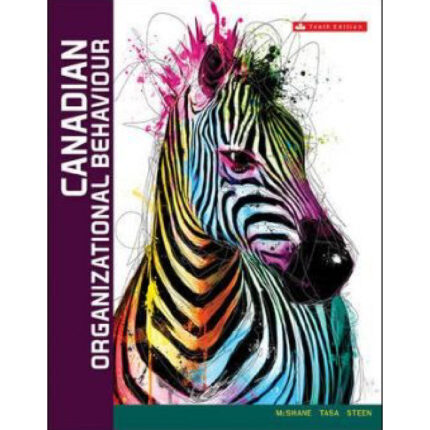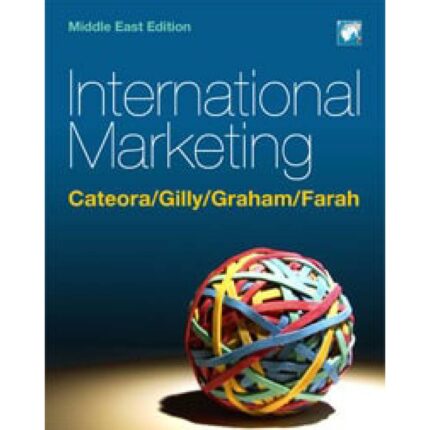Advertising And Integrated Brand Promotion 6th Edition By Thomas O’Guinn – Test Bank
Chapter 11 – Executing the Creative
TRUE/FALSE
1. Though at one time the creative team consisted of an art director and a single copywriter, today it is composed of art directors, copywriters, media planners, and account planners.
ANS: T DIF: Easy REF: p. 371 OBJ: 11-1
NAT: AACSB Analytic | CB&C Model Creativity TYP: Knowledge
2. The four main components of print copy are text, slogan, headline, and tagline.
ANS: F DIF: Easy REF: p. 376 OBJ: 11-2
NAT: AACSB Analytic | CB&C Model Creativity TYP: Knowledge
3. An ad for a microwave popcorn features the headline, “If you want a snack, have a wholesome snack.” This straightforward headline has the purpose of selecting the audience.
ANS: F DIF: Moderate REF: p. 377 OBJ: 11-2
NAT: AACSB Analytic | CB&C Model Customer TYP: Application
4. In very large print, centered at the top of the magazine page, is just the word “COAST.” A short block of copy and photo complete the ad for Coast bar soap. This one-word headline is designed simply to identify the brand and reinforce brand-name recognition.
ANS: T DIF: Moderate REF: p. 378 OBJ: 11-2
NAT: AACSB Communication | CB&C Model Creativity TYP: Application
5. In a print ad, the subhead serves basically the same purpose as the headline.
ANS: T DIF: Easy REF: p. 379 OBJ: 11-2
NAT: AACSB Communication | CB&C Model Creativity TYP: Knowledge
6. Grammar has an important role in body copy. It is best to employ the present tense rather than past tense, singular words rather than plural words, and active verbs rather than passive verbs.
ANS: T DIF: Difficult REF: p. 380 OBJ: 11-2
NAT: AACSB Communication | CB&C Model Creativity TYP: Comprehension
7. Clichés and well-known phrases may reflect how people really talk, but in ad copy they send the signal that the product is bland, stale, old-fashioned, or offers nothing new.
ANS: T DIF: Easy REF: p. 380 OBJ: 11-2
NAT: AACSB Communication | CB&C Model Product TYP: Comprehension
8. In radio spots, the copy must dominate any musical pieces or jingles, otherwise the music can easily overwhelm the persuasive elements of these ads.
ANS: T DIF: Moderate REF: p. 382 OBJ: 11-3
NAT: AACSB Analytic | CB&C Model Creativity TYP: Comprehension
9. A radio commercial depicts two men jogging together. They joke about their aches and pains, and then laughingly agree on their need for Advil. This radio spot uses a testimonial format for its copy.
ANS: F DIF: Moderate REF: p. 382 OBJ: 11-3
NAT: AACSB Analytic | CB&C Model Creativity TYP: Application
10. Dialogue copy on radio may end up sounding dull and dry—just the background drone of normal conversation. To alleviate this, many advertisers use humor as an attention-getting device.
ANS: T DIF: Easy REF: p. 382 OBJ: 11-3
NAT: AACSB Analytic | CB&C Model Creativity TYP: Knowledge
11. A man turns on a spigot, splashes hot water into a sink, squirts Joy liquid into a dishpan full of glassware, swirls a cloth around, and brings out sparkling glasses. He then begins talking with someone off-camera about how good the glasses will look for tonight’s party and how great Joy works. The strong visual effect demonstrates that, on television, words do not stand alone.
ANS: T DIF: Difficult REF: p. 384 OBJ: 11-3
NAT: AACSB Analytic | CB&C Model Product TYP: Application













Reviews
There are no reviews yet.